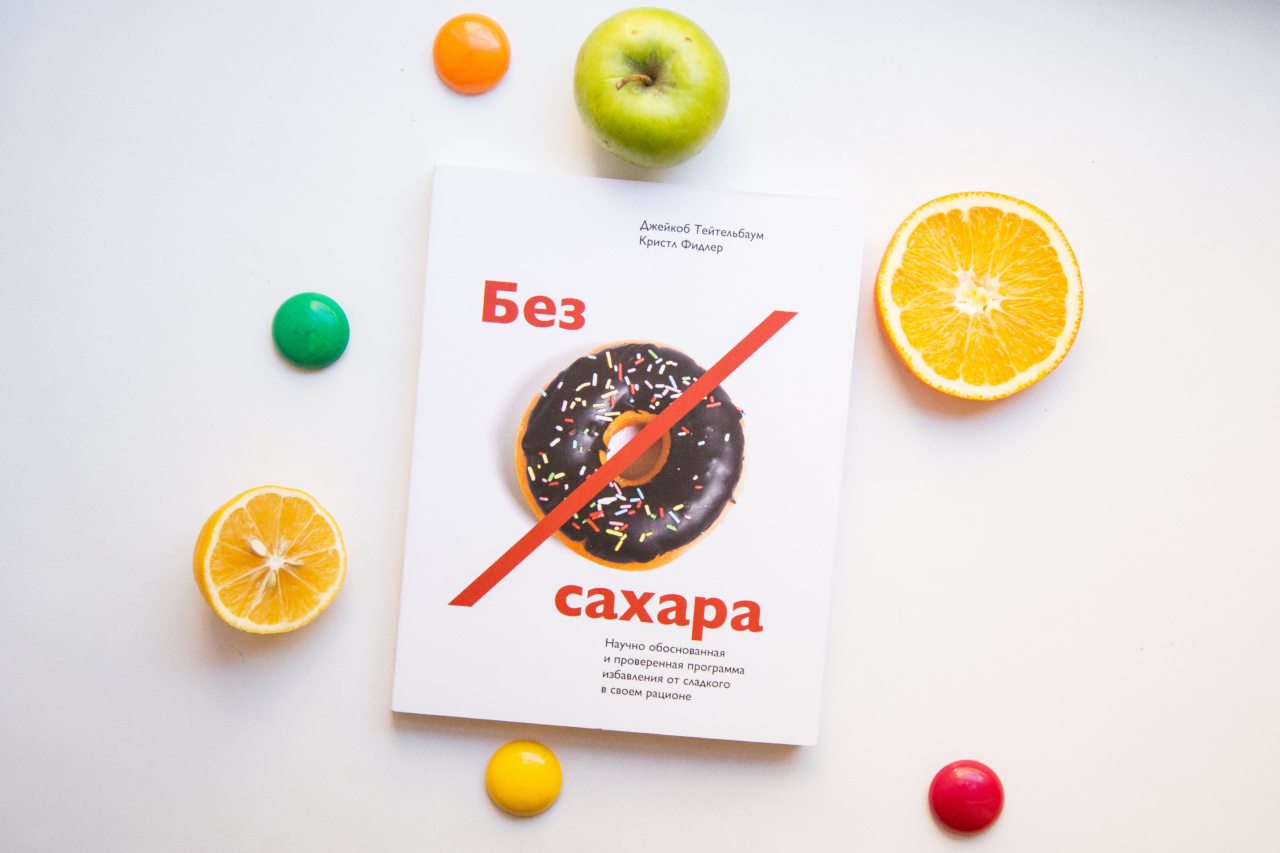Following a gluten-free diet can be essential for individuals with celiac disease, gluten sensitivity, or wheat allergies.
Gluten, a protein found in grains like wheat, barley, and rye, can trigger various digestive symptoms and damage the small intestine in people who cannot tolerate it. If you are new to a gluten-free lifestyle, understanding what to exclude from your diet is crucial. Below, we outline the basics of what not to eat on a gluten-free diet.
1. Wheat and Wheat Products
One of the main sources of gluten is wheat and its derivatives. Therefore, it is important to avoid any food products containing wheat or wheat flour. Common wheat-based foods to exclude from your diet include:.
- Bread
- Pasta
- Cereals
- Cakes and pastries
- Cookies and crackers
- Pizza and dough-based foods
2. Barley
Barley is another grain that contains gluten. Stay away from the following barley-based foods:.
- Barley flour
- Barley malt
- Barley-based cereals
- Barley bread
- Barley-based beer
3. Rye
Rye is yet another gluten-containing grain to avoid. Be cautious with these rye-based products:.
- Rye bread
- Rye flour
- Rye-based cereals
- Rye beer
4. Oats
Oats themselves do not naturally contain gluten, but they are often cross-contaminated with gluten-containing grains during processing. Therefore, it is crucial to consume only certified gluten-free oats or oat products.
5. Processed Foods
Many processed foods may have hidden sources of gluten. It is important to carefully read labels and avoid products that contain any of the following:.
- Wheat-based additives
- Modified food starch (unless specified gluten-free)
- Hydrolyzed wheat protein
- Malt extract/flavoring
- Textured vegetable protein (often contains gluten)
- Communion wafers
6. Sauces, Dressings, and Condiments
Many sauces, dressings, and condiments contain gluten due to thickening agents or additives. Common products to avoid include:.
- Soy sauce (unless marked gluten-free)
- Teriyaki sauce
- Barbecue sauce
- Salad dressings
- Gravy and roux
- Mayonnaise (some brands may contain gluten)
- Ketchup (some brands may contain gluten)
7. Beer and Alcohol
Most beers are brewed with barley malt and contain gluten. Additionally, some alcoholic beverages may also have hidden sources of gluten. These include:.
- Regular beer
- Ale
- Lager
- Stout
- Whiskey (unless labeled gluten-free)
- Scotch
8. Snack Foods
Many popular snack foods, such as pretzels, crackers, and cereals, often contain gluten. Be cautious when choosing snacks and opt for gluten-free alternatives instead.
9. Some Medications and Supplements
It is important to note that gluten can be present in certain medications and supplements. Check with your healthcare provider or pharmacist to confirm if your medications and supplements are gluten-free.
10. Cross-Contamination
Finally, when following a gluten-free diet, it is essential to minimize the risk of cross-contamination. Even small amounts of gluten can be detrimental to individuals with celiac disease or gluten sensitivity. Take the following precautions:.
- Use separate kitchen tools for gluten-free and gluten-containing foods
- Thoroughly clean surfaces and cookware before preparing gluten-free meals
- Be cautious when dining out or eating at others’ houses, as cross-contamination is possible
Summary
Transitioning to a gluten-free diet involves avoiding various grains and food products. Remember to exclude wheat, barley, and rye from your meals.
Watch out for processed foods, sauces, dressings, and alcoholic beverages that may contain hidden sources of gluten. Be mindful of cross-contamination to ensure the safety of your gluten-free meals. By carefully reading labels and seeking gluten-free alternatives, you can successfully navigate a gluten-free lifestyle while keeping your symptoms at bay.






























